LEPIDOPTERA Butterflies & Moths
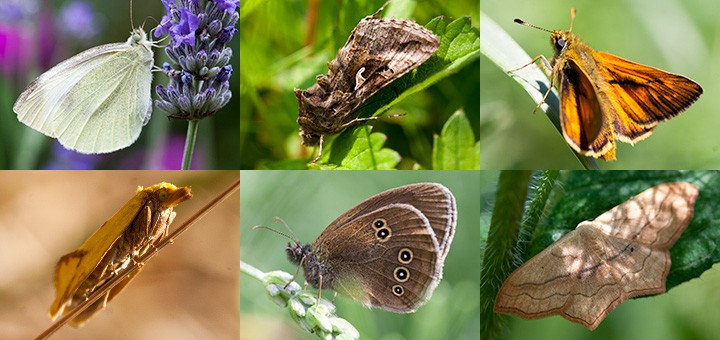
SUB CLASS Endopterygota
COMMON FEATURES
Wings covered with minute scales.
EASE OF IDENTIFICATION FROM PHOTOS
Easy to difficult.
KEY IDENTIFICATION FEATURES
- Although wing venation is used to separate families, wing patterns are usually enough to tell species apart – but it can get a bit subtle and confusing with some of the moths.
- Clubbed antennae distinguish butterflies from all moths (except Burnets) which have feathered or thread-like ones.
IDENTIFICATION OVERVIEW
Lepidoptera is a reasonably easy order to identify, mainly due to the enduring popularity of both butterflies and moths. As a result there are a great many books and web resources to help. Obviously moths are a little (or sometimes a lot) more difficult than butterflies due to the fact there are loads more of them, they are generally nocturnal and come in a wide range of shapes and sizes. The other insect that is sometimes confused with moths is Caddisflies but they can be told apart by very long antennae that point forward.
BRIEF INTRODUCTION TO LEPIDOPTERA
BUTTERFLIES
There are around 60 species of butterfly in the UK and range from common to extremely scarce. They range in size from the large but rare Swallowtail with a wingspan of up to 90mm to the equally rare Small Blue with a wingspan as little as 20mm. Although size and wing patterns vary, they all roughly conform to the classic butterfly shape with the exception of Commas that have deeply scalloped wings on the hind edge and the various Skippers that have a more delta-like appearance, especially at rest. It is sometimes difficult for beginners to tell the various Whites, Blues, Fritillaries etc apart and there can be colour variations within species but with careful observation this presents little problem in the long run, especially if combined with habitat.
MOTHS
Although the majority are rarely seen by most people, moths weigh in at around 2,500 species of which approximately 900 are macro-moths and the rest micro-moths – a fairly artificial division based on size (micros having a forewing span of 10mm or less). Unless you set out to specifically find and photograph moths then it will be the day-flying ones you encounter most of the time, especially as incredible camouflage is a moth speciality in many cases. Among the more common moths you’re likely to see during the day are the the tiny purpley-red and gold Pyraustas that frequent mint, rosemary and other herbs, grass moths of varying descriptions, Silver-Ys with their trembling wings, various Underwings that are often flushed from hedges, red and black Burnets and, if you’re lucky, Hummingbird Hawkmoths – a summer migrant that really does look like a tiny brown and orange hummingbird as it feeds on nectar-rich flowers!
Unfortunately I don’t have the time, inclination or expertise to start breaking down all the various moth families but for identification help I can thoroughly recommend Ian Kimber’s excellent website http://ukmoths.org.uk/ or you can tweet him @ukmoths. He really knows his stuff!

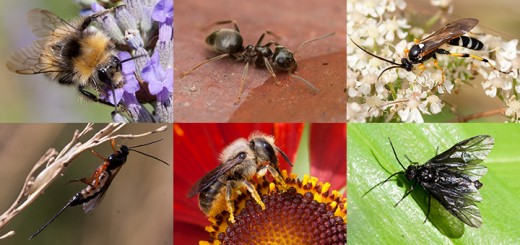
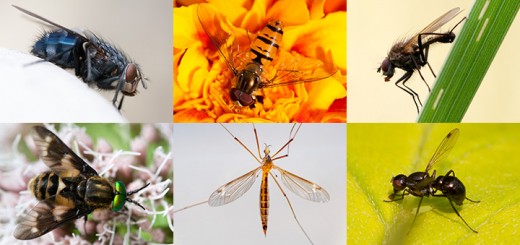
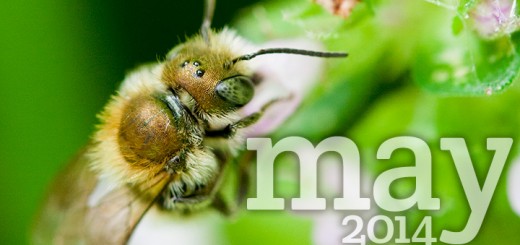
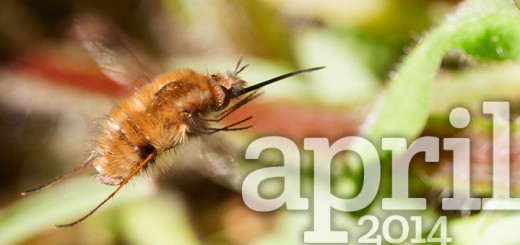
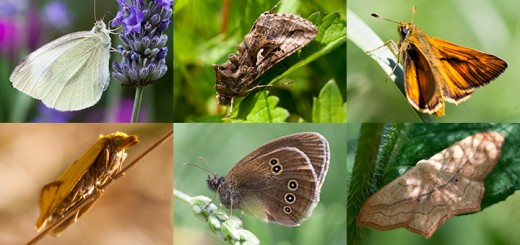
Recent Comments